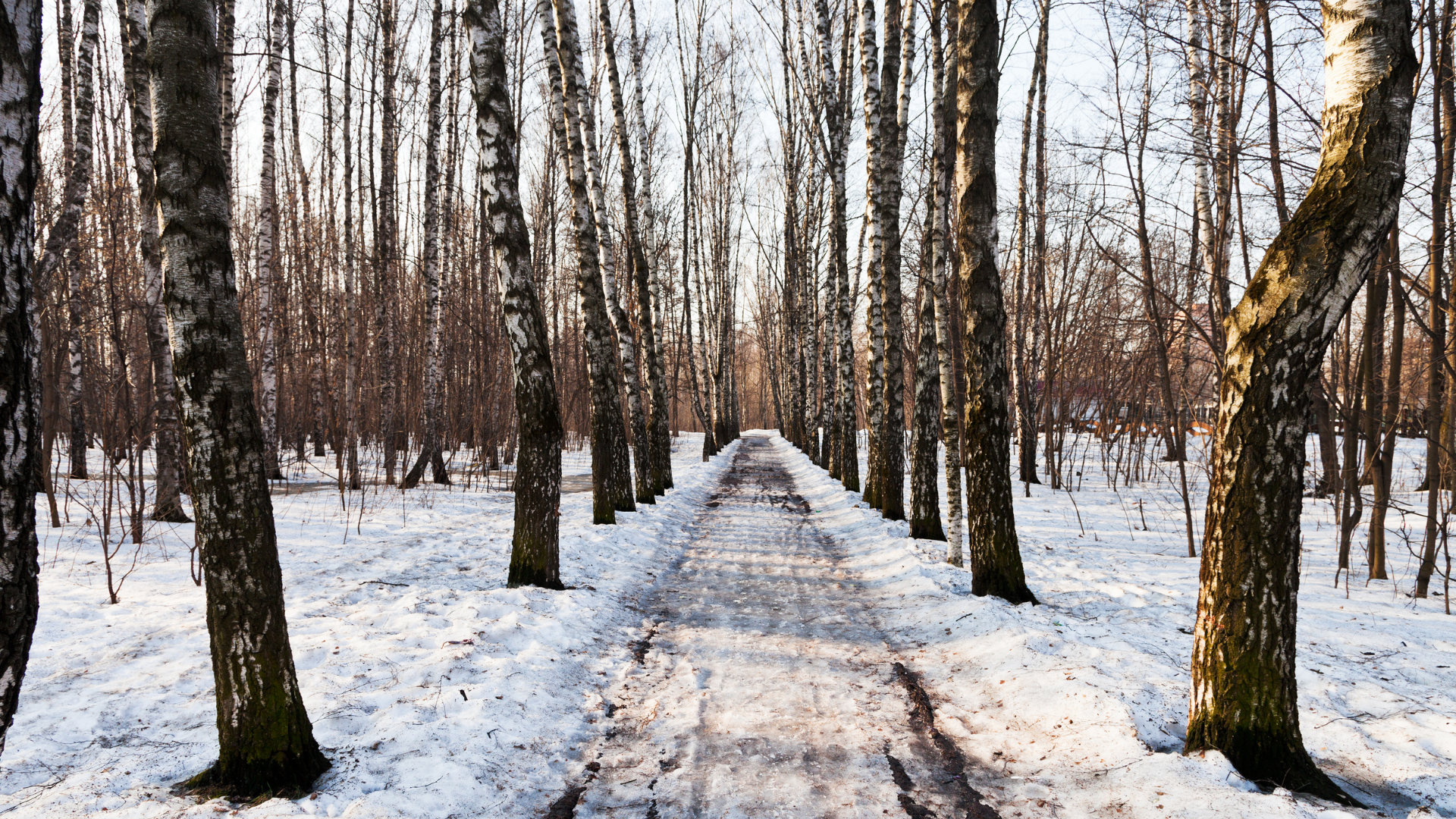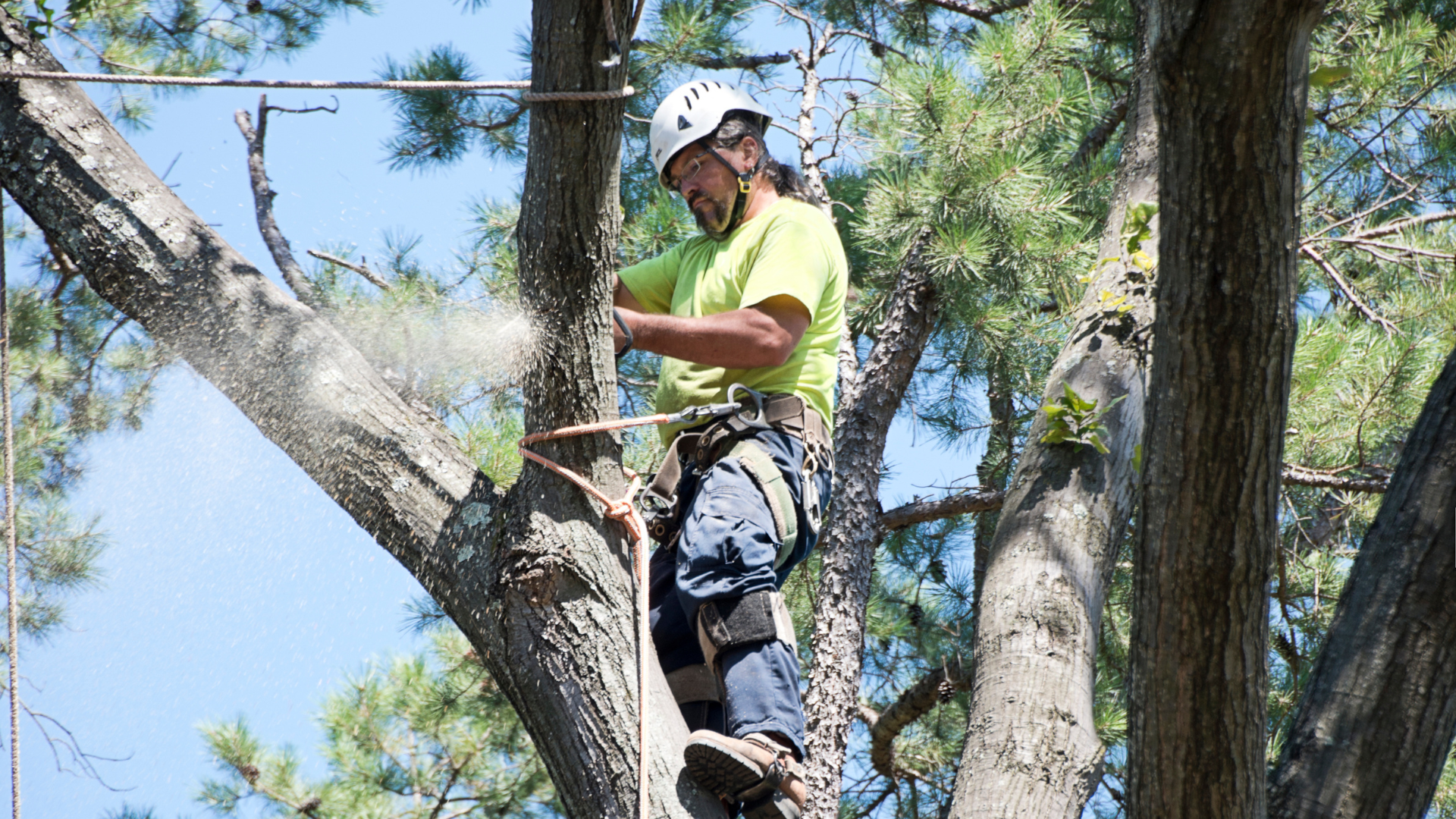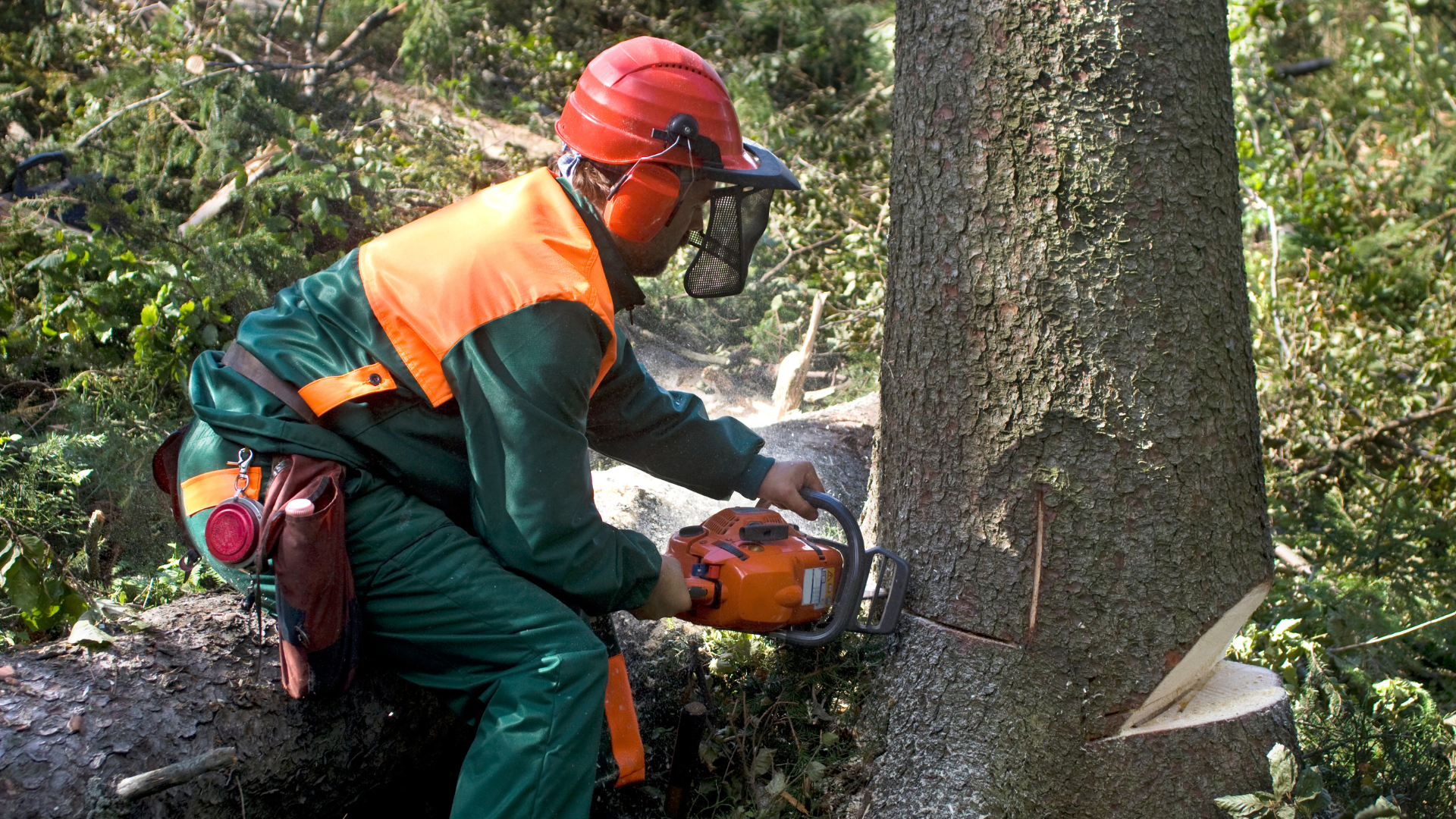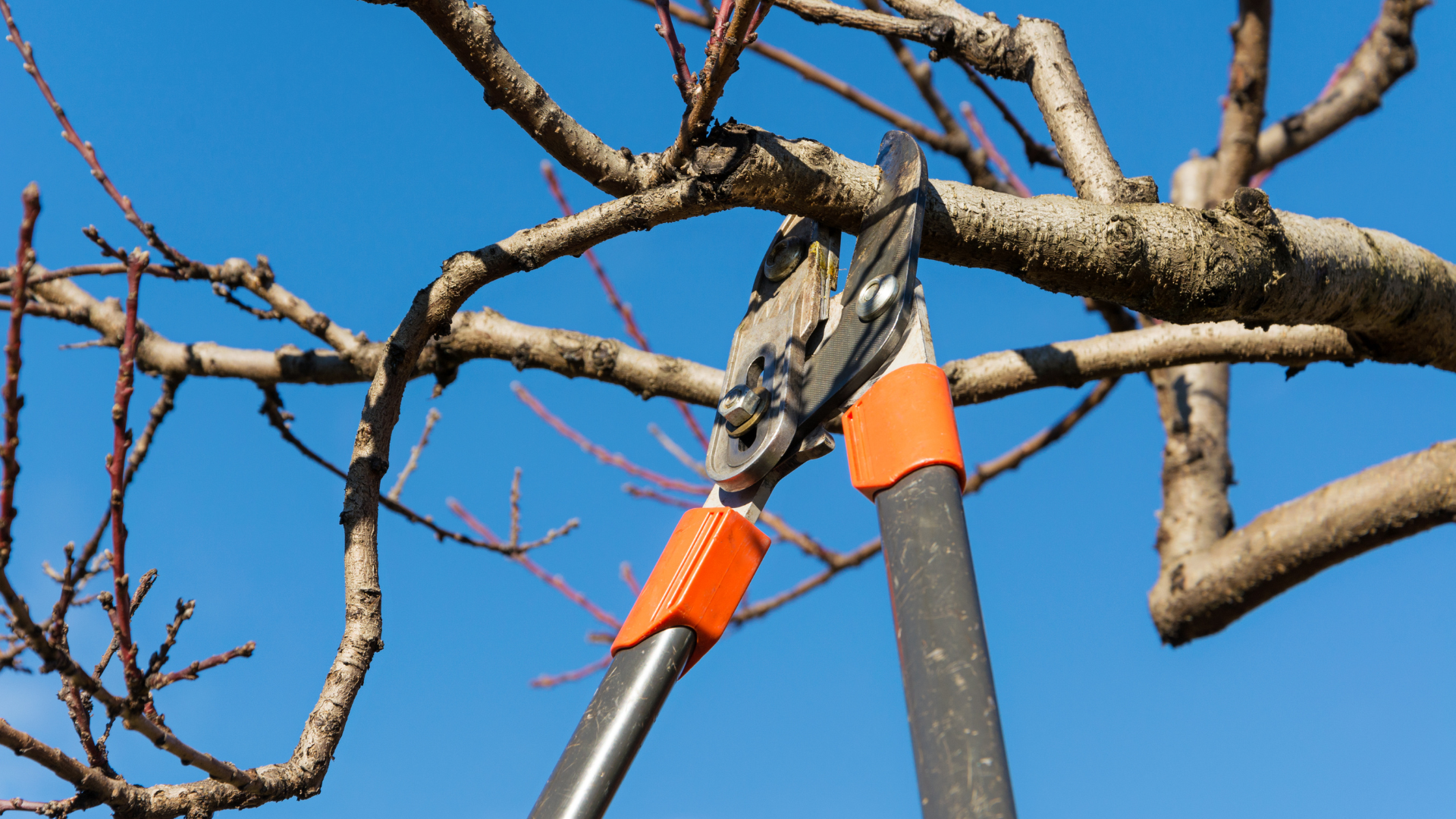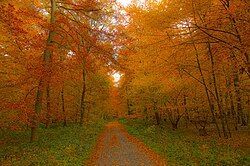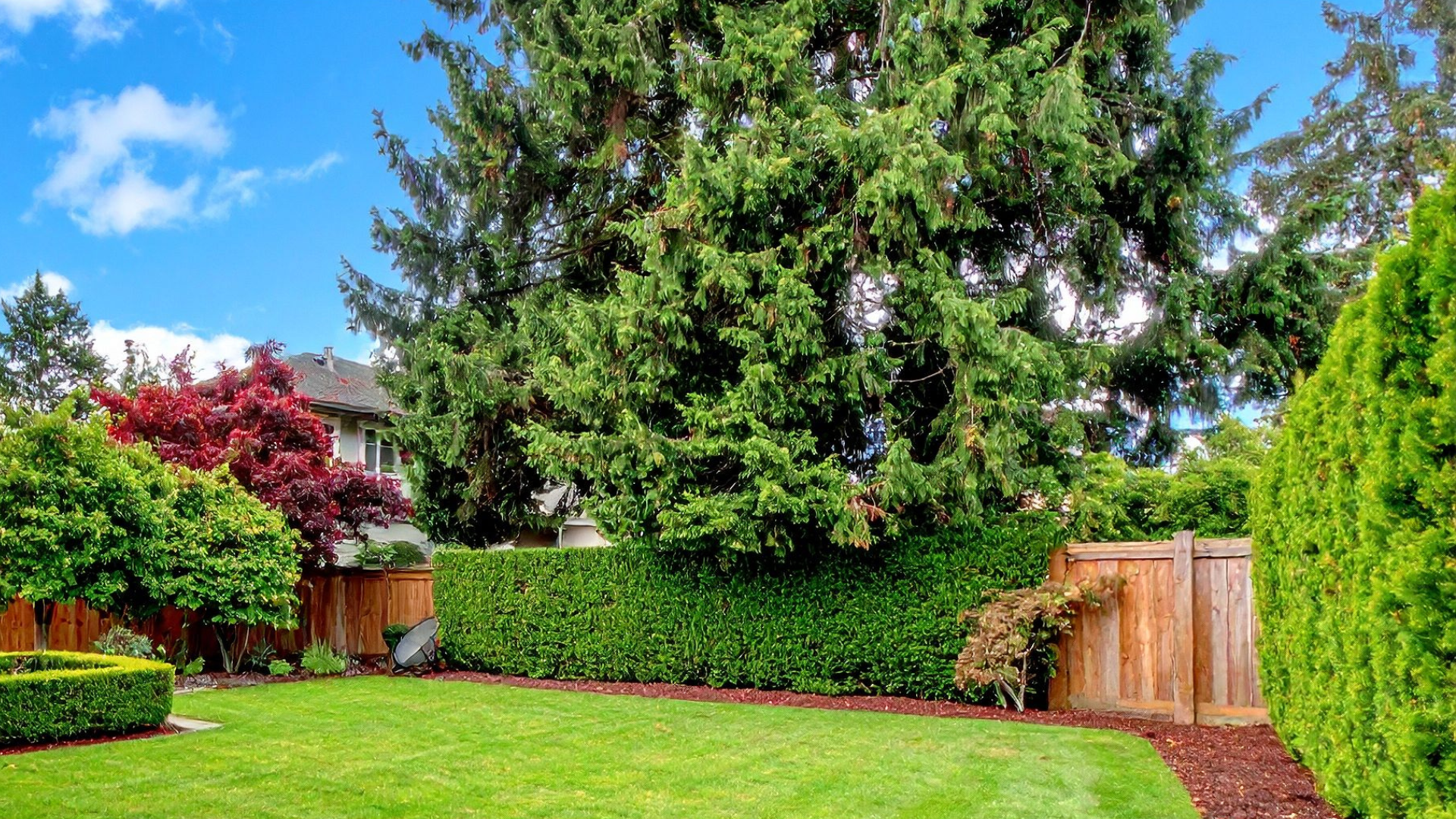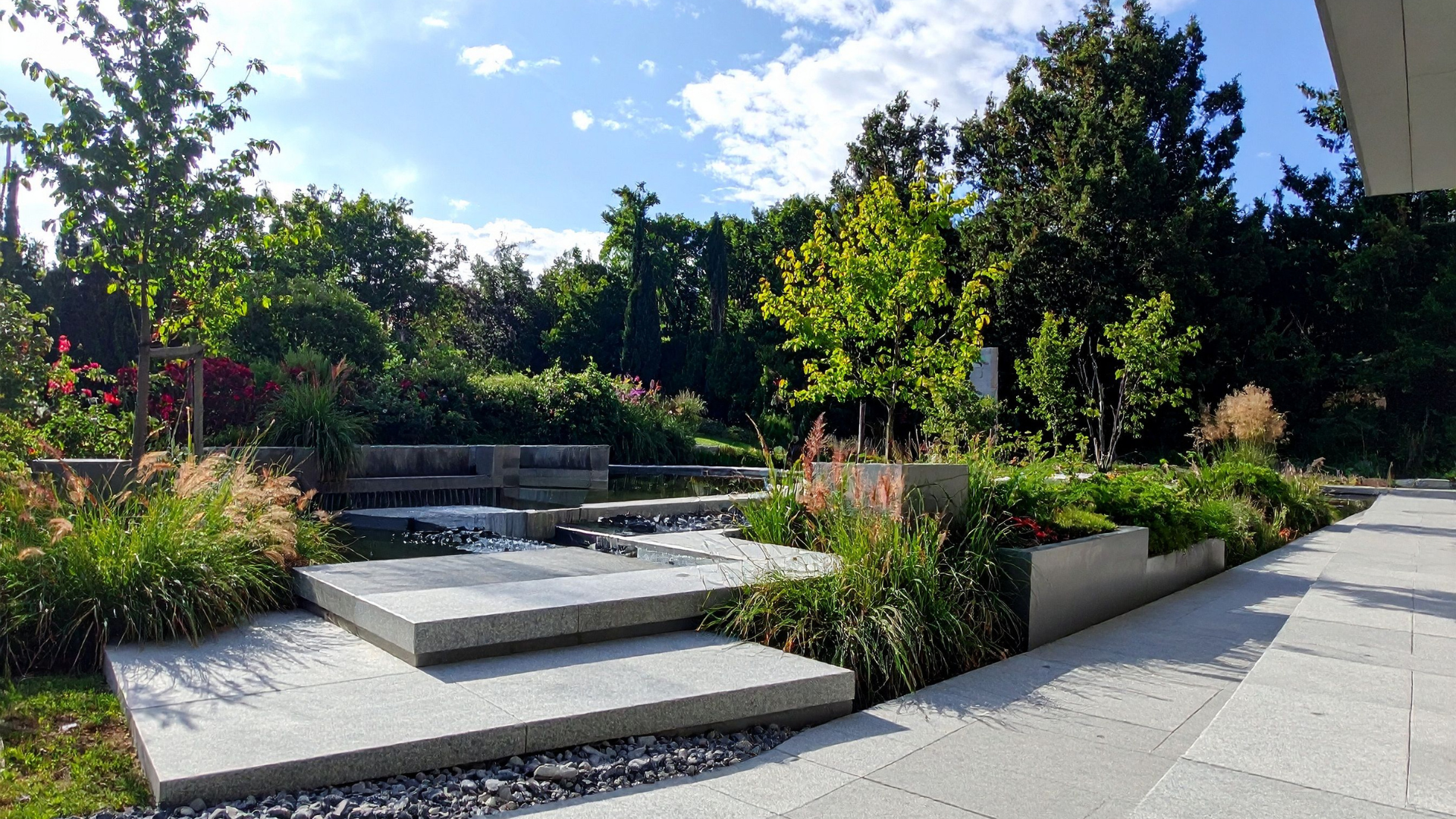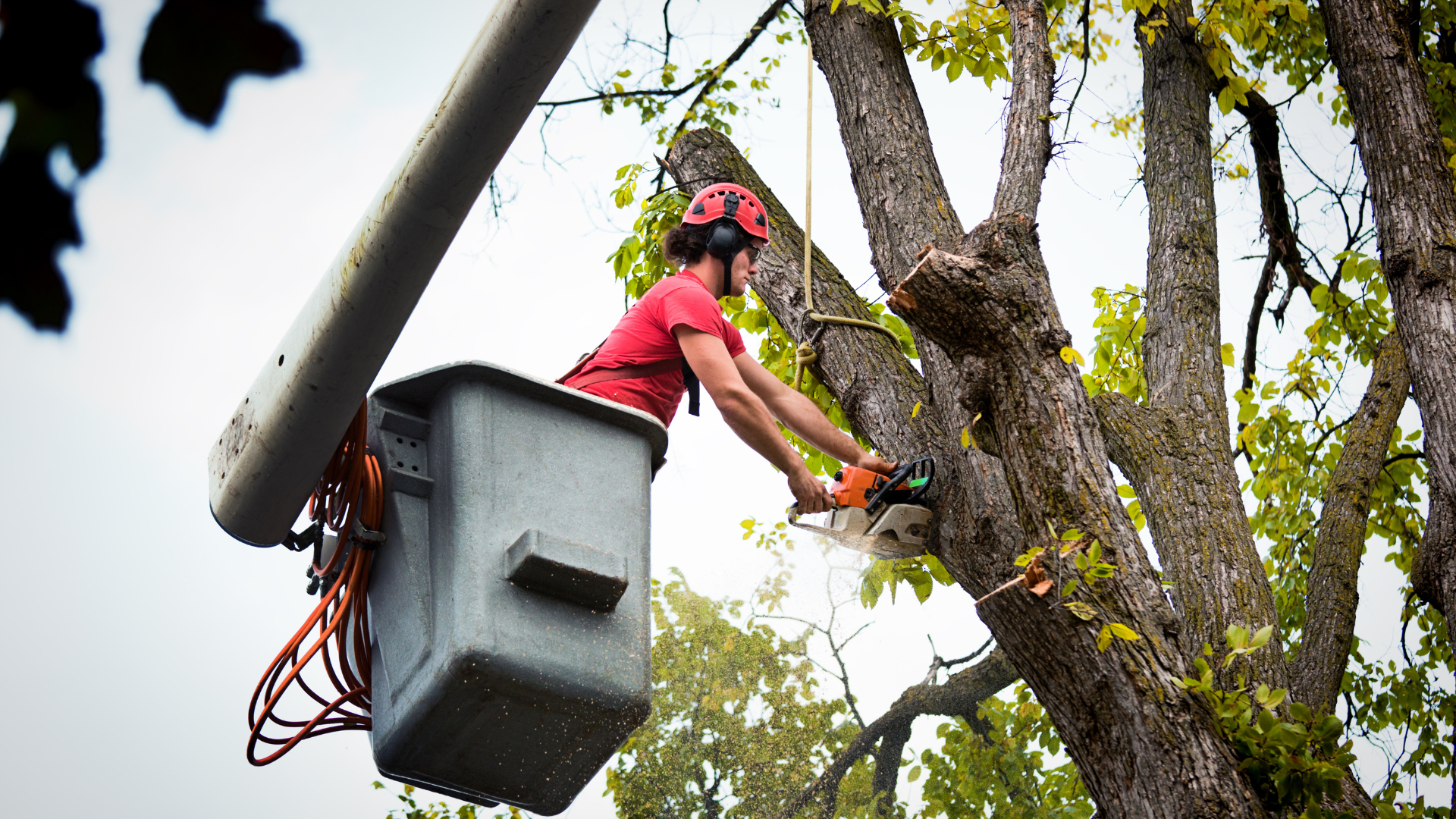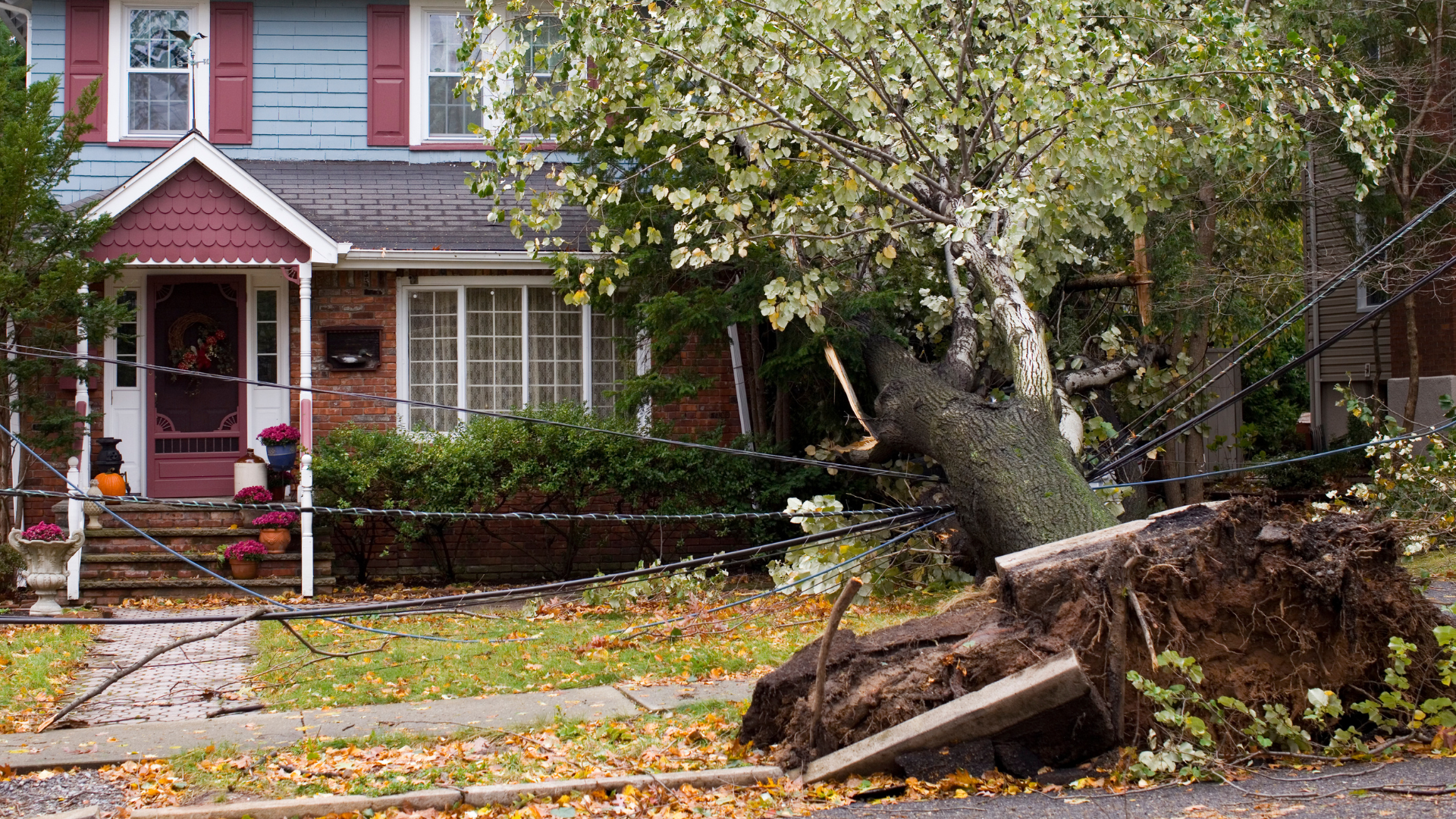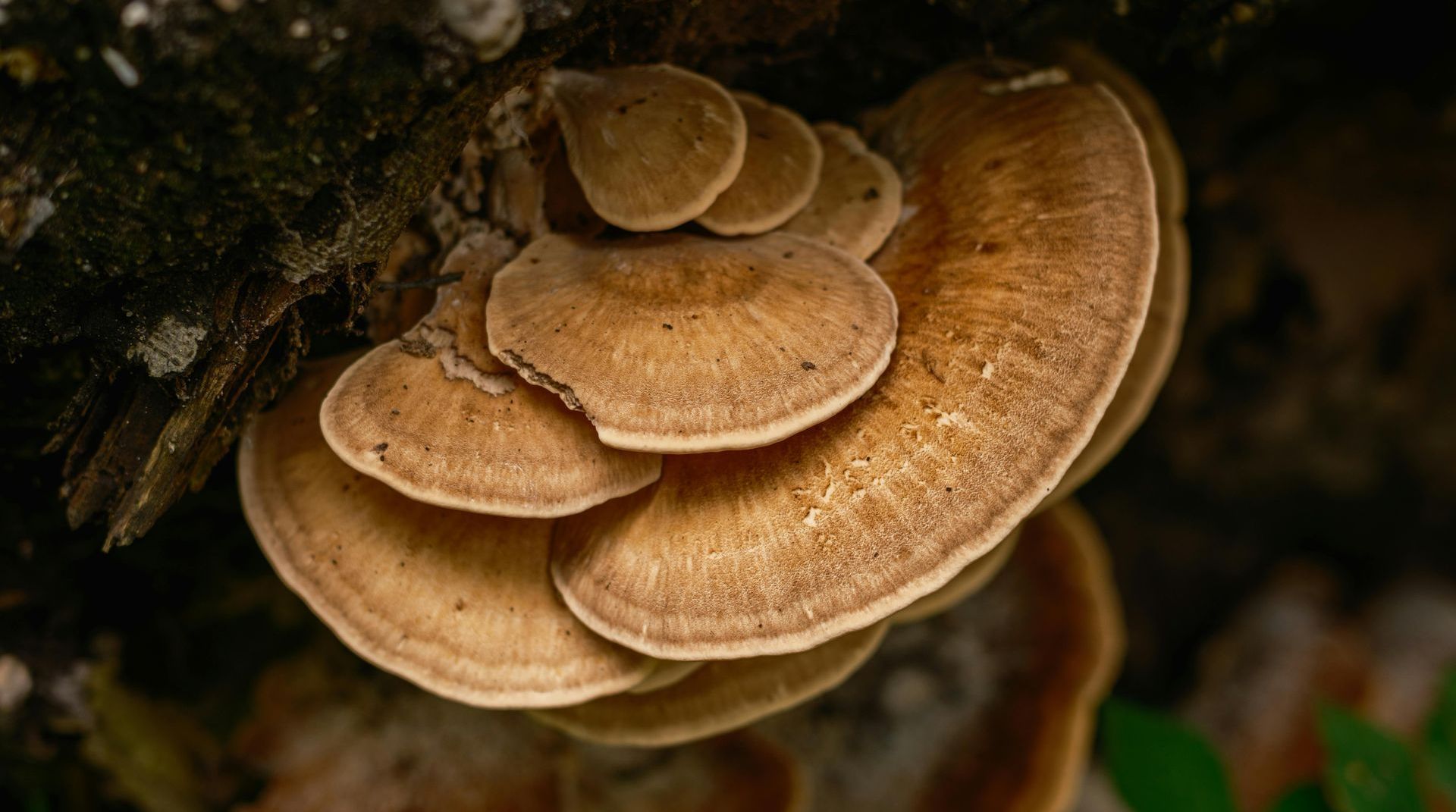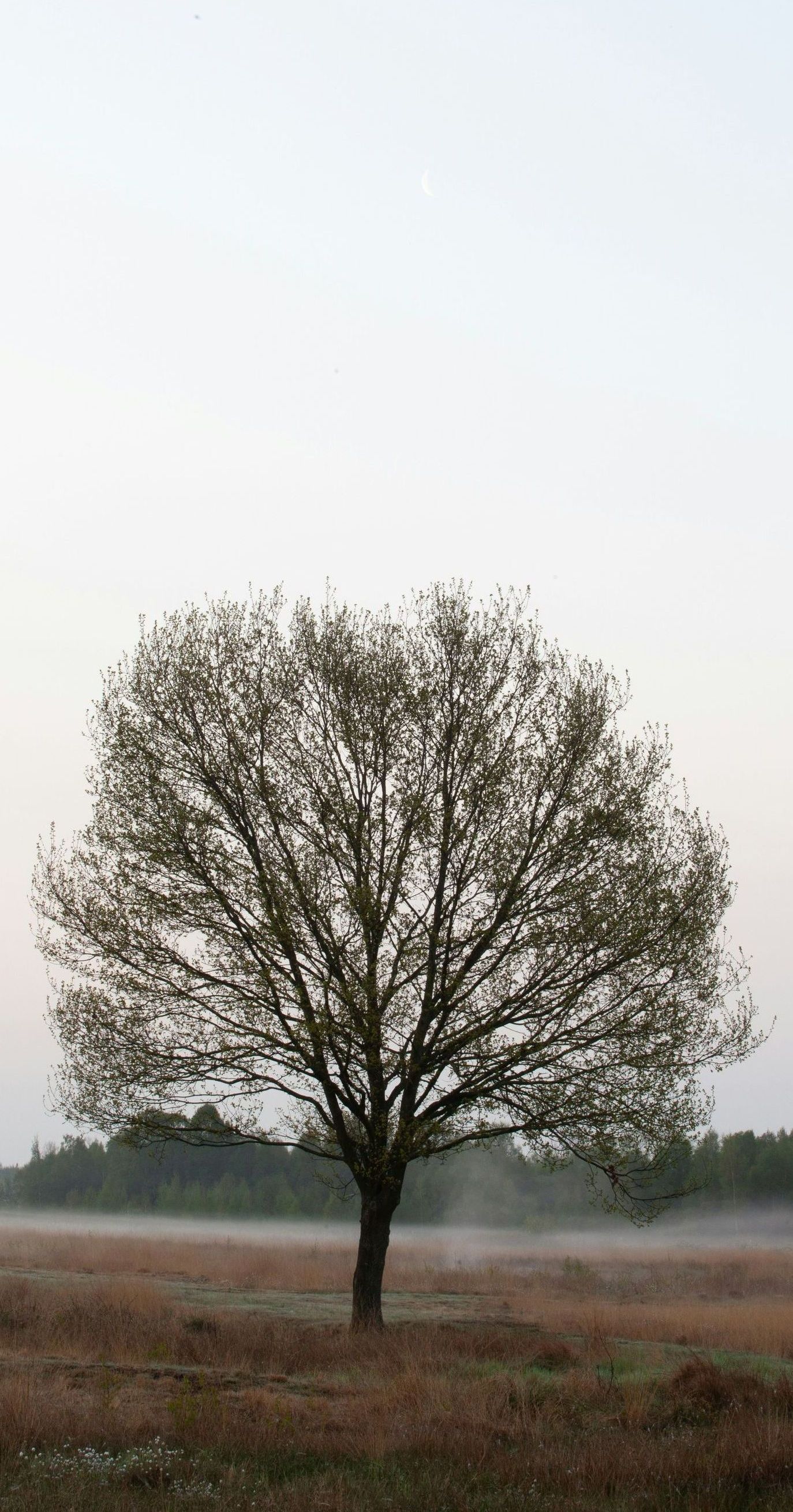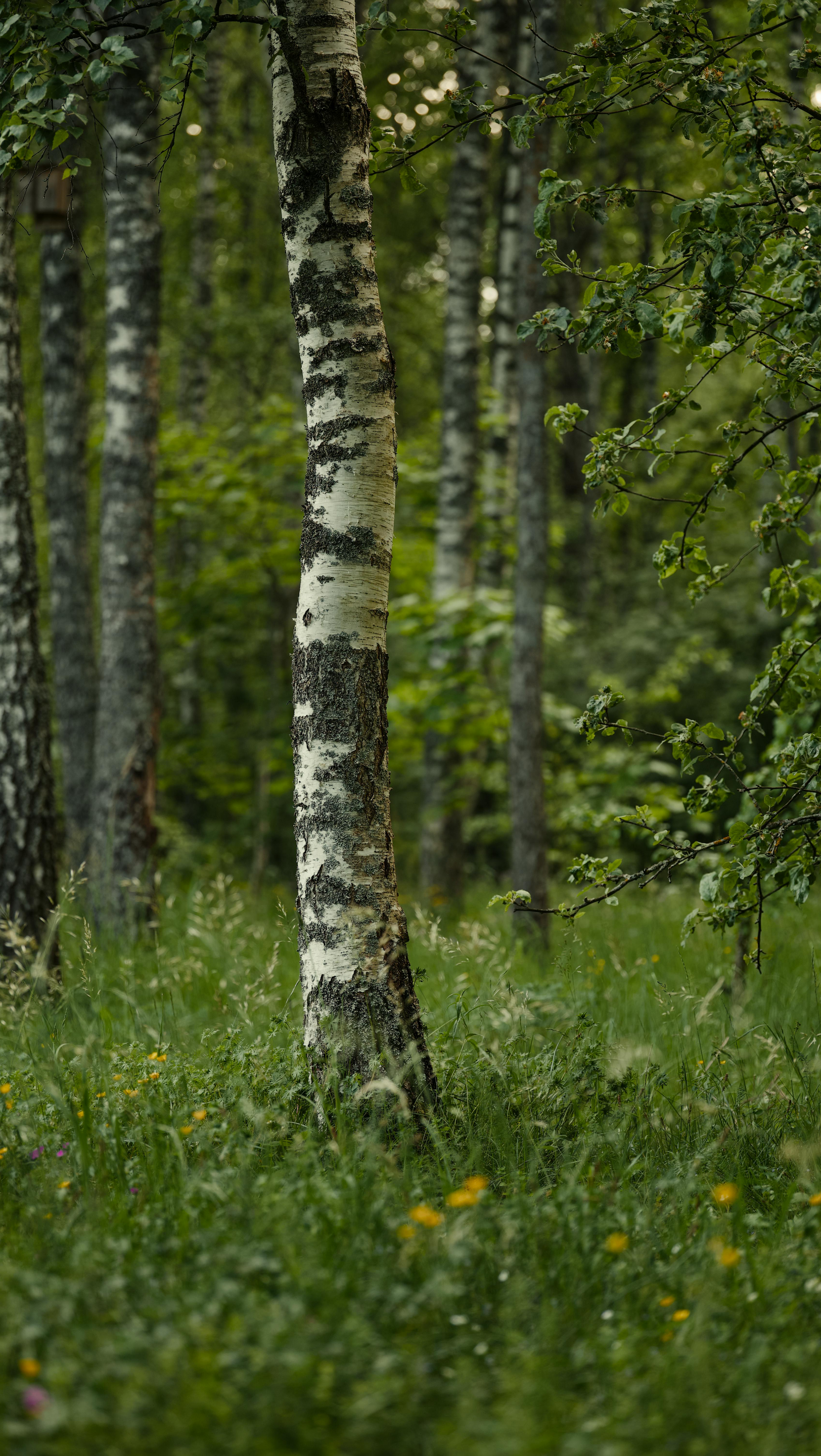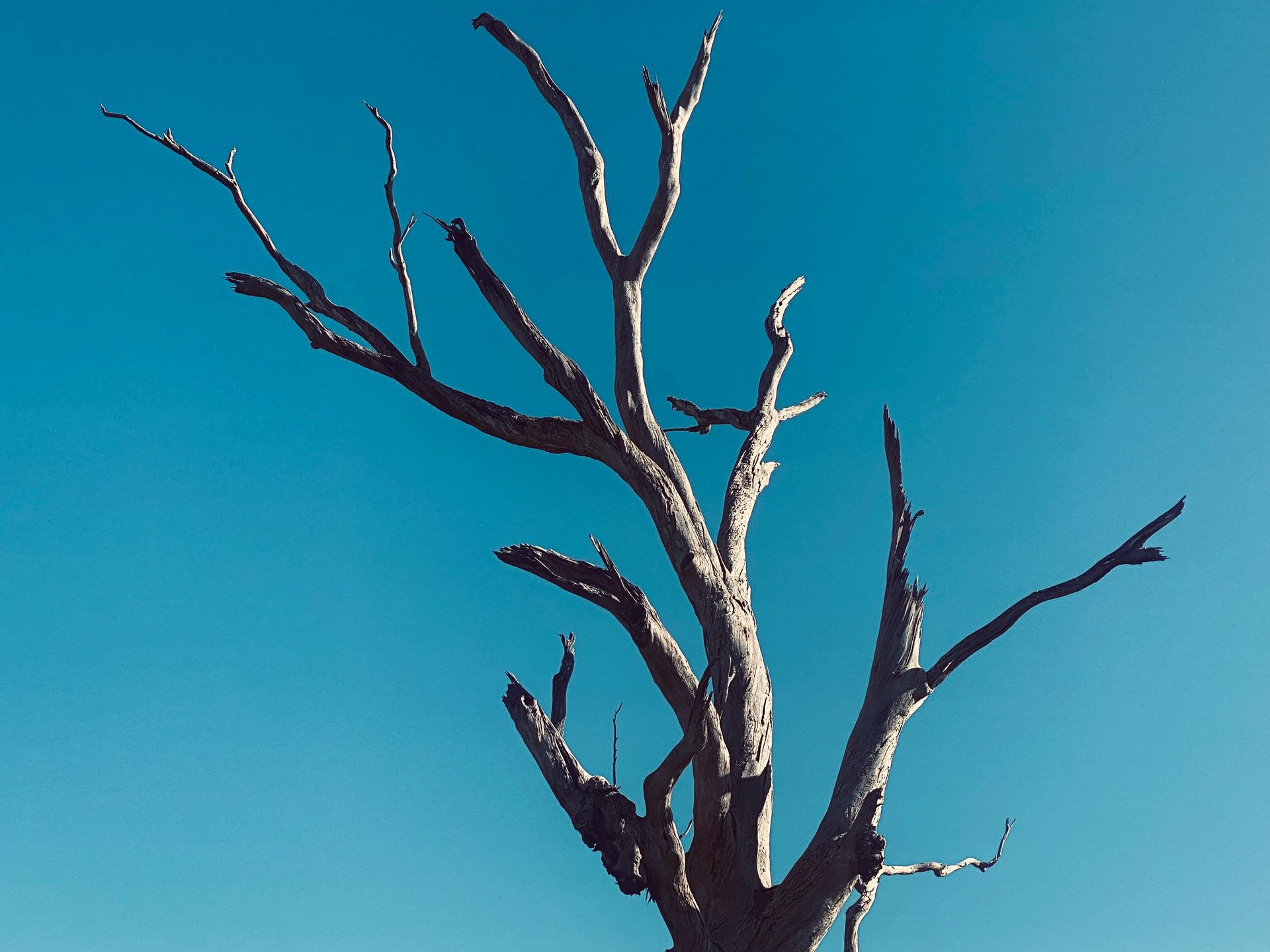How to Know if Your Tree Is Beyond Saving
Identifying Unsalvageable Trees
Trees are living organisms—resilient, beautiful, and vital to the health of any landscape. But like all living things, trees can suffer from disease, injury, and decay. Sometimes a tree can be treated or trimmed to preserve its health. Other times, it is too far gone to recover, and attempting to save it becomes more dangerous than it is worth.
At Midwest Tree Surgeons, we often get called out by property owners who aren’t sure what condition their tree is in—or what to do about it. Here are some clear signs that your tree may be beyond saving, along with guidance on when to bring in a certified arborist for an expert assessment.
1. No Leaves (Outside of Dormant Season)
If it’s late spring or summer and a tree is completely bare, it may be dead. Deciduous trees that lose all their leaves during the growing season—or that fail to produce new growth year after year—are likely no longer functioning.
Tip: If you
scratch the bark with your fingernail and it’s dry and brown underneath instead of green, that’s a bad sign.
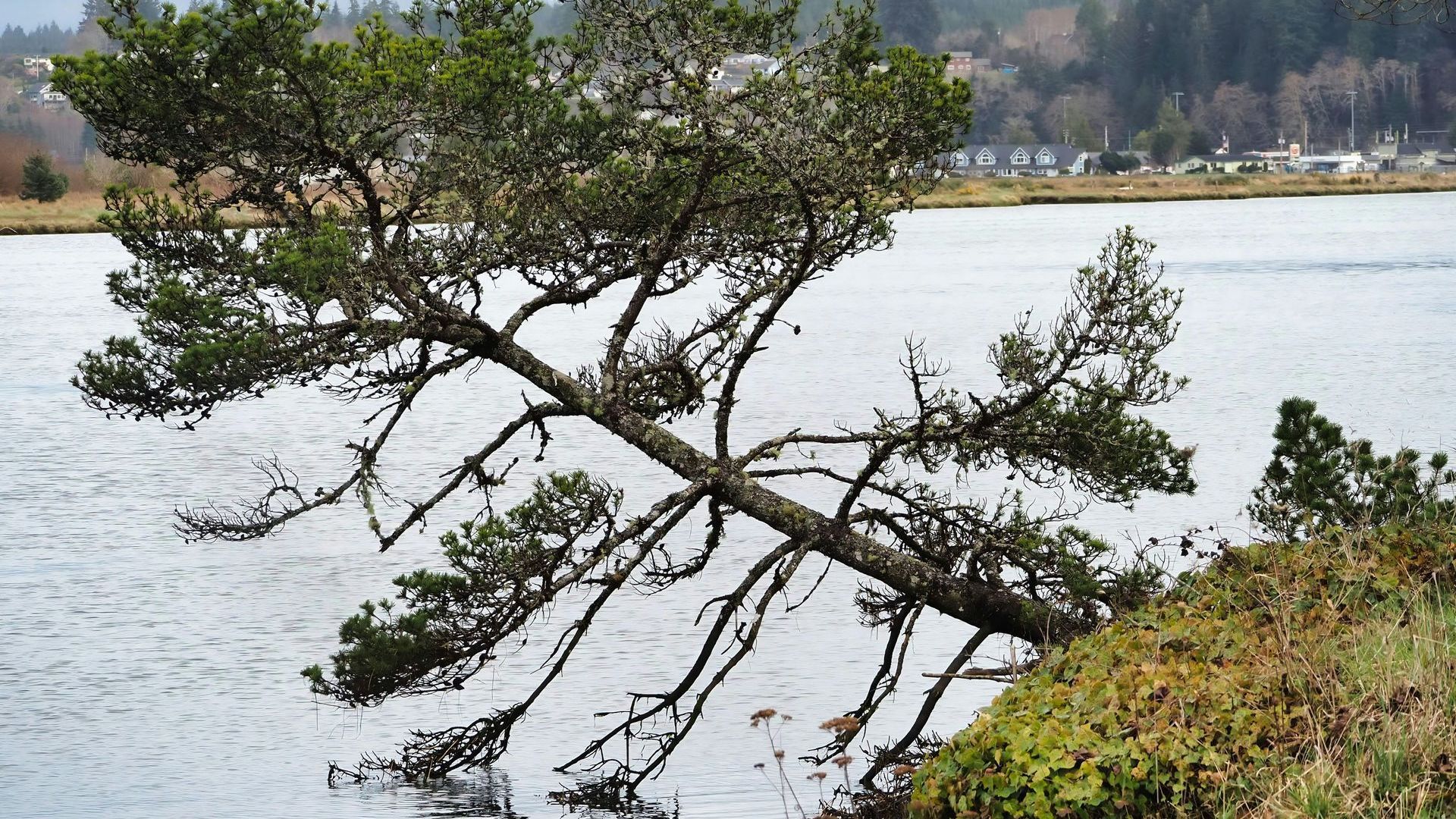
2. Large Sections of Dead Wood
Dead branches are a concern, but they don’t always mean the entire tree is beyond help. However, if more than 50% of the tree’s canopy is dead or if large limbs are brittle, cracked, or falling, the structural integrity may already be compromised.
Warning signs include:
- Large dead limbs near the crown
- Bark falling off in sheets
- Hollow-sounding trunk
When these symptoms are widespread, especially in older trees, removal is often the only safe option.
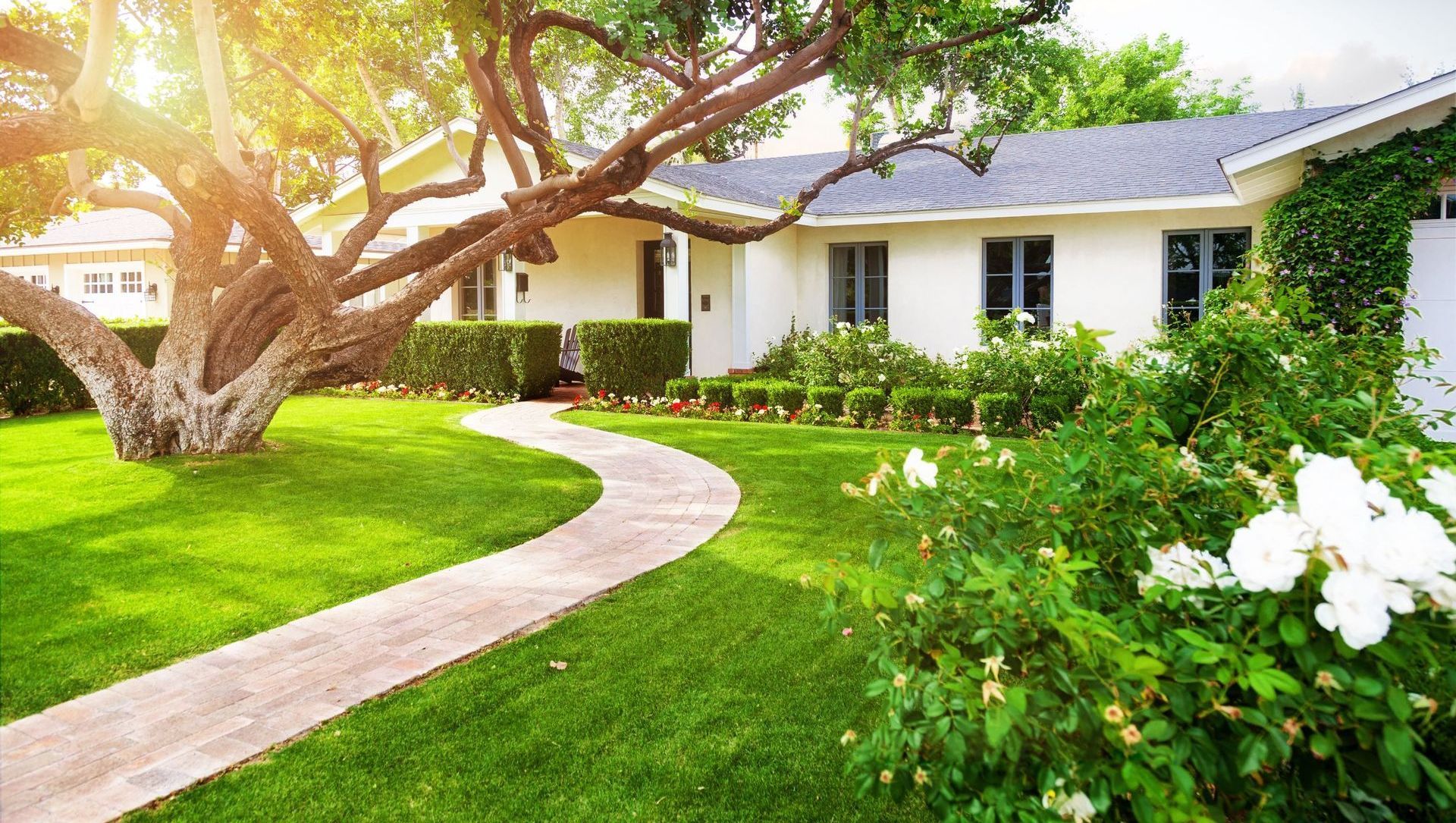
3. Fungus at the Base of the Tree
Certain types of mushrooms and fungal growths around the root flare or lower trunk can be indicators of internal decay. Once the root system or trunk is compromised, a tree can become unstable—even if the upper canopy looks relatively normal.
Common fungal indicators include:
- Conks (shelf-like fungi)
- Soft, spongy wood near the base
- Strong odor of rot or fermentation
These symptoms often point to a tree that is already dying from the inside out.

4. Deep Cracks or Splits in the Trunk
Vertical cracks or horizontal splits in the main trunk are serious. These wounds can expose the tree to pests, rot, and structural instability. If the tree is leaning or if a crack extends through a large portion of the trunk, it may fail without warning.
A tree with a split trunk is especially dangerous near homes, power lines, or areas where people walk or drive.
5. Pest Infestation
Insects are not always a death sentence, but in some cases, they’re a symptom of a much bigger problem. Borer beetles, carpenter ants, and other wood-damaging pests often attack trees that are already weakened by disease or decay.
If you see:
- Sawdust around the base
- Holes in the bark
- Swarming ants or beetles
…it may be time to bring in a professional. Once pests take over a compromised tree, it’s usually too late to save it.
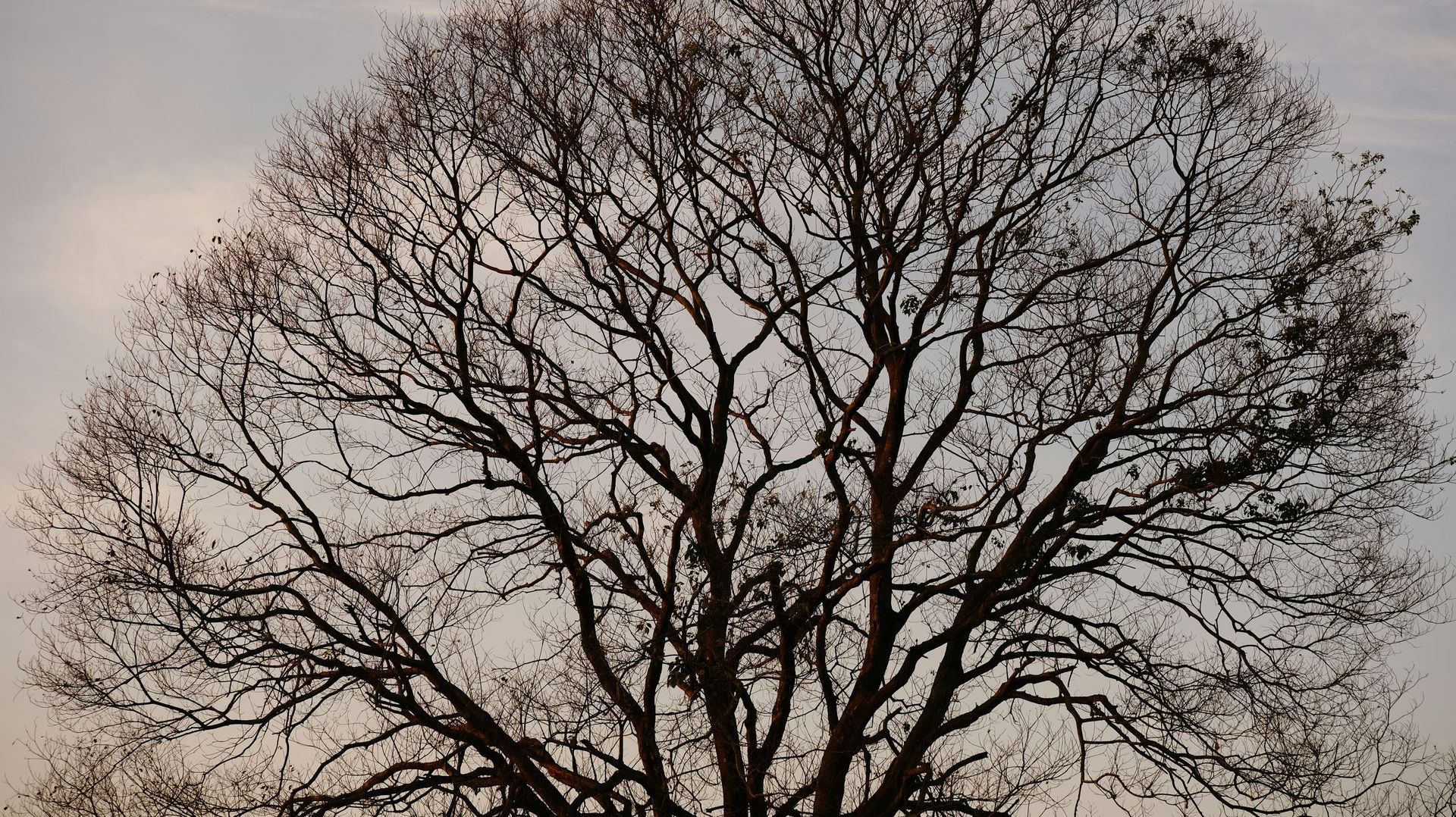
6. The Tree Is Leaning Suddenly
All trees grow toward the light, and a slight lean isn’t unusual. But if a tree suddenly shifts or develops a pronounced tilt, especially after a storm or freeze, it could indicate a failing root system. Trees that have lost root support are highly unstable and can fall with little warning.
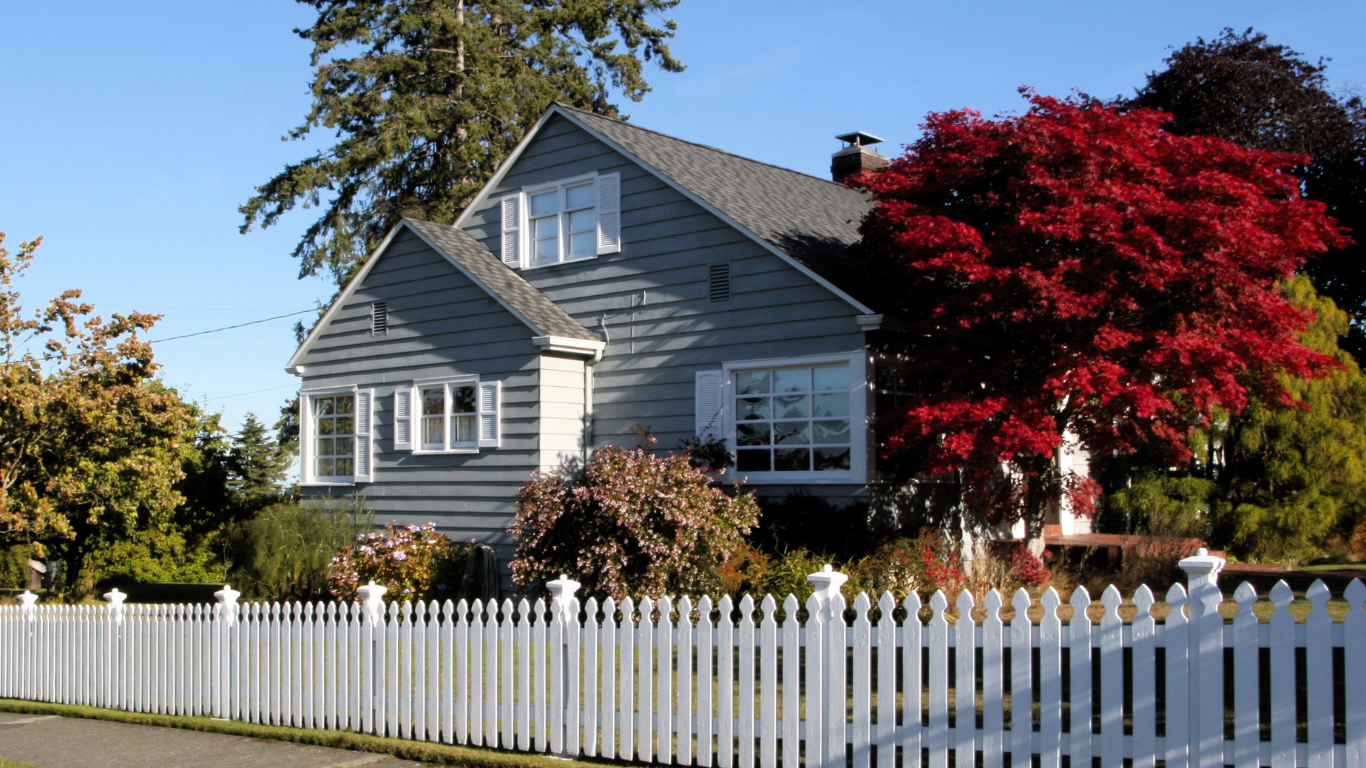
When to Call an Arborist
Not every symptom means immediate removal. Some trees can recover with proper pruning or treatment—but only a trained eye can tell the difference between a salvageable tree and a hazardous one. That’s why it’s important not to guess.
At Midwest Tree Surgeons, every job is handled by a certified arborist. We assess trees for health, safety, and risk to surrounding structures. If the tree can be saved, we will tell you how. If it needs to come down, we’ll handle the removal safely and responsibly.
If you suspect your tree is dying—or if you just want peace of mind—give us a call.
We’re happy to evaluate the situation and recommend the safest, most cost-effective solution for your property.
